![Ester Krumbachová: Tangle Up the Archive / Open Up the Archive [ENG/CZ]](http://blokmagazine.com/wp-content/uploads/2018/02/024-1200x801.jpg)
ENG
Indisputably, the pride of Czech and Slovak cinematography, historically speaking, is the Czechoslovak New Wave. This term, which cannot be totally defined with clear boundaries, is often understood to include the unprecedented artistic effort in Czechoslovak film in the 1960s. The era of the New Wave begins approximately in 1963 and ends with the beginning of the period known as normalization, in which conditions once again harshened in a totalitarian state after the violent suppression of the Prague Spring’s processes of renewal in the invasion of Czechoslovakia by Warsaw Pact troops in August 1968. Given how short the Czechoslovak New Wave lasted, the phenomenon is, in effect, limited to the one generation of filmmakers who were beginning their career during that period, and is also not linked with any collective pronouncement or manifesto. The stylistic ambiguity of the Czechoslovak New Wave can be attested, in part, to its traditional division into two distinct main currents: one is characterized by the quasi-documentary observation of the small absurdities of everyday human life, while the other is marked by a tendency towards more formally experimental approaches oriented towards artists’ imagination and references to surrealism. Traditionally, these two currents are personified by individual directors: the first includes, above all, Miloš Forman, Jaroslav Papoušek, and Ivan Passer, and the second includes Pavel Juráček, Jan Němec, and Věra Chytilová. In fact, the case of Věra Chytilová illustrates the unreliability of any clear-cut summary classification of the Czechoslovak New Wave, because several films directed by Chytilová could be placed in the Forman line instead. However, even more important is that these commonly used schemata are strongly influenced by a somewhat anachronistic understanding of the director as a sovereign auteur, an approach that largely ignores the collective nature of film creation. Perhaps this logic, grounded in the film theory of the 1960s, has so strongly persisted in consideration of the Czechoslovak New Wave in part because the movement could not be evaluated in the 1970s and 1980s, and so renewed interest after 1990 was oriented first of all towards individual directors. Only recently have researchers begun to turn their attention to previously overlooked topics and individuals. The gradual publication of the results of their work has now made a significant contribution towards the reevaluation of the traditional view of the Czechoslovak New Wave and placed it in a broader cultural context.
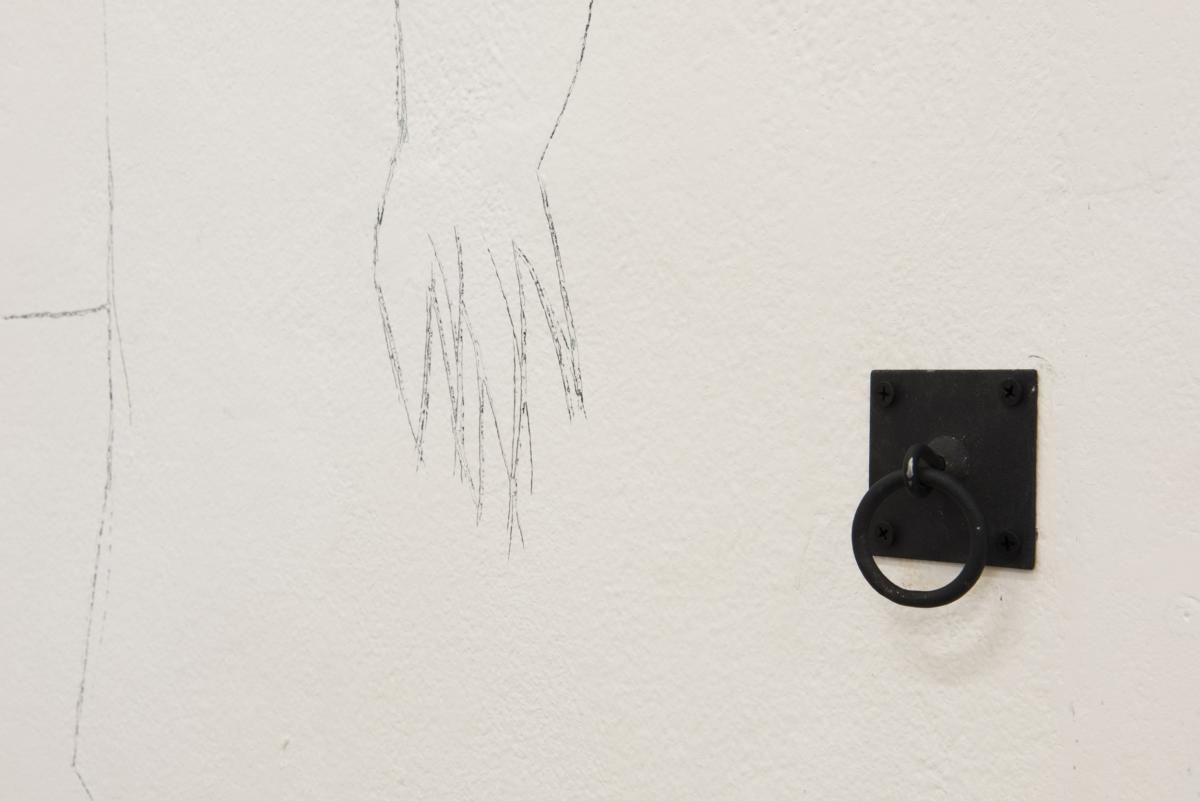


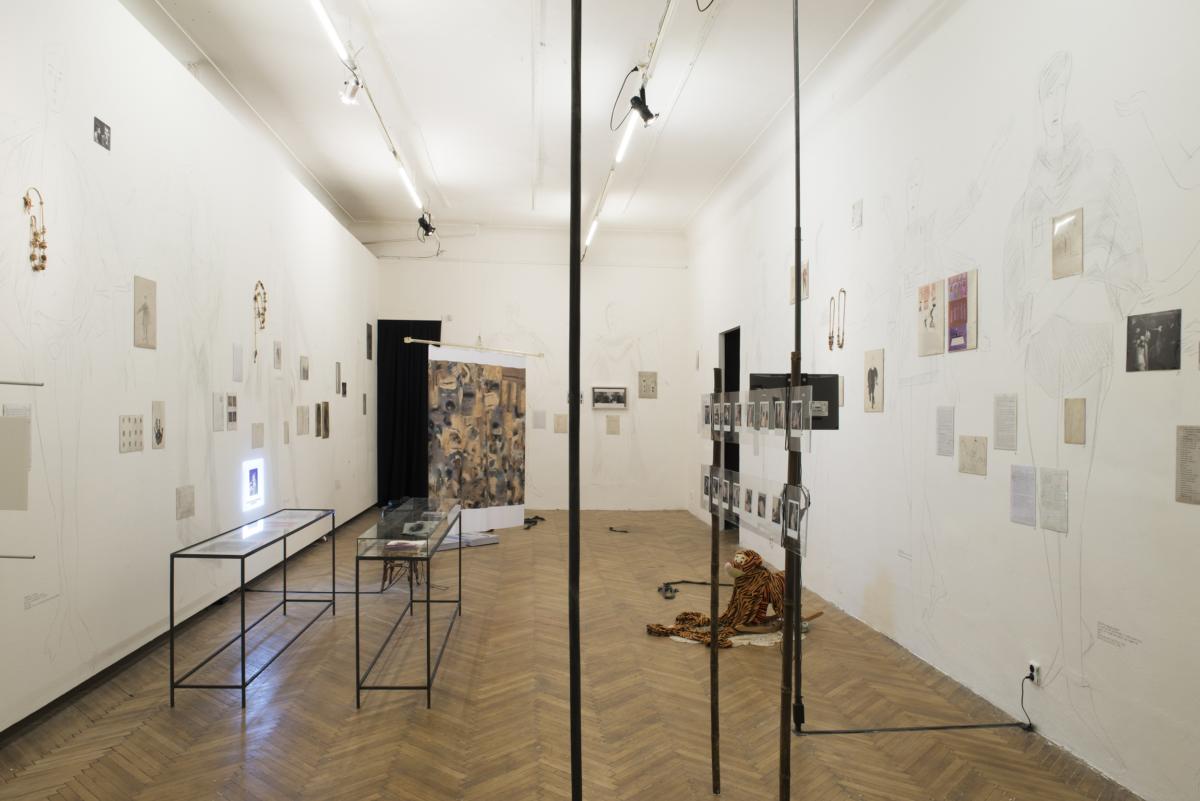
Given how short the Czechoslovak New Wave lasted, the phenomenon is, in effect, limited to the one generation of filmmakers who were beginning their career during that period, and is also not linked with any collective pronouncement or manifesto.
In recent years, two extensive projects have used work with previously unknown private archives to focus on two significant, yet less visible, figures strongly connected with the Czechoslovak New Wave. In 2017, film historian and theorist Kateřina Svatoňová focused on the work of cinematographer Jaroslav Kučera, the husband of director Věra Chytilová. In the exhibition Mezi-obrazy: Archiv kameramana Jaroslava Kučery (In Between Images: The Archive of the Cinematographer Jaroslav Kučera), which took place in Brno, and in a comprehensive book of the same name, she used Kučera’s personal estate to present him as a creator that had a significant influence in determining the form of many films (not just from the New Wave). A newly discovered personal estate is also the subject of work on an ongoing, multi-layered project mapping the life and work of artist, designer, and director Ester Krumbachová.
Ester Krumbachová (1923–1996) is undoubtedly one of the least properly appreciated Czechoslovak film creators, even though she had an influence on the form of a great number of films. Her scope was very broad – she was a co-author of screenplays, an artist, and a costume designer as well – but she only directed one film herself: Vražda ing. Čerta (Killing the Devil), from 1970, became the last echo of the Czechoslovak New Wave and has only recently achieved acclaim. As a result, in her time, Krumbachová was more considered a femme fatale of sorts of the Czechoslovak New Wave, and her husband, director Jan Němec, described her as a muse and an éminence grise. Only now is a research and art project attempting to make Ester Krumbachová fully appreciated as an independent creative figure. Its initiators include Edith Jeřábková and Zuzana Blochová, as well as the author of the aforementioned monograph on Jaroslav Kučera, Kateřina Svatoňová.
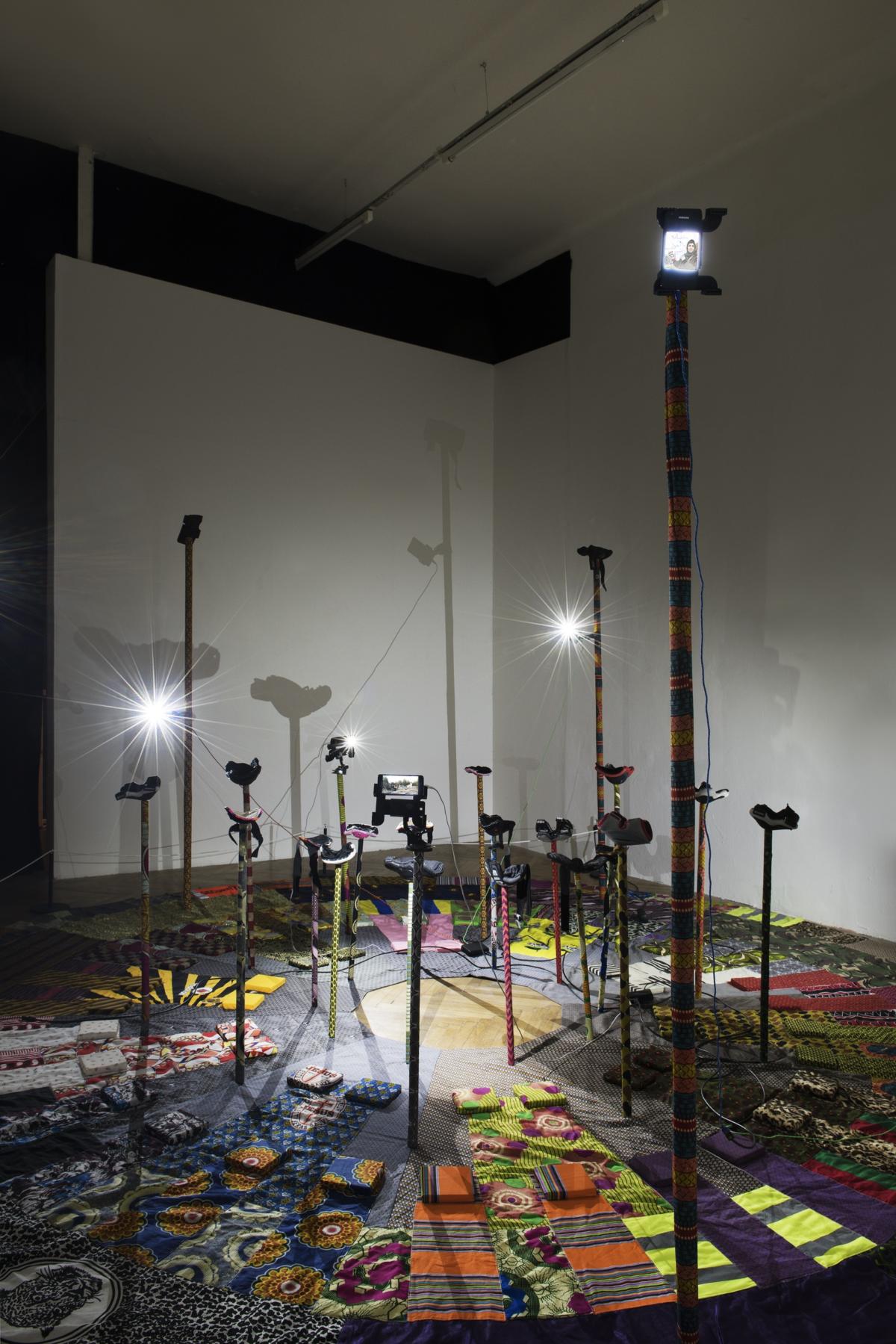

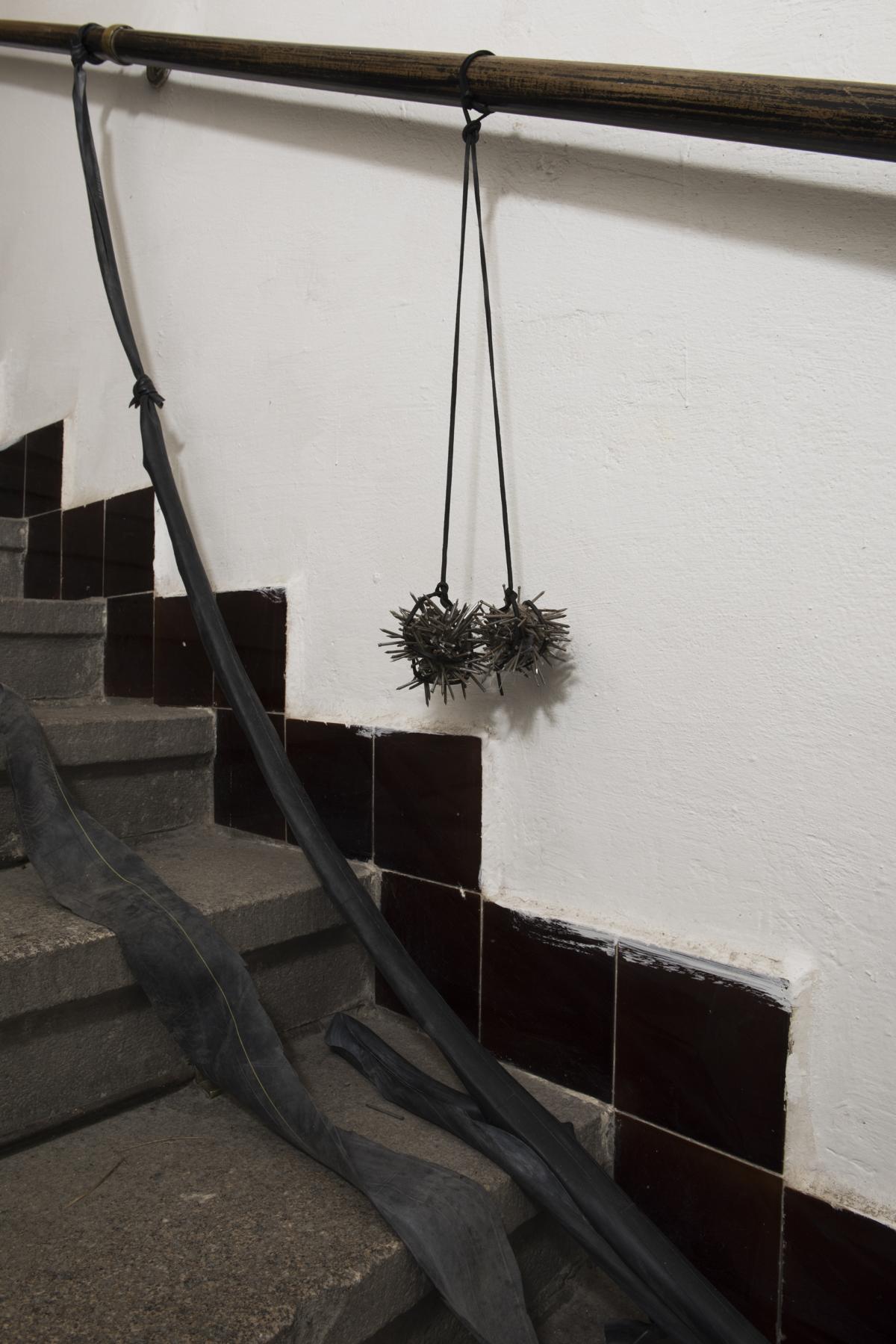
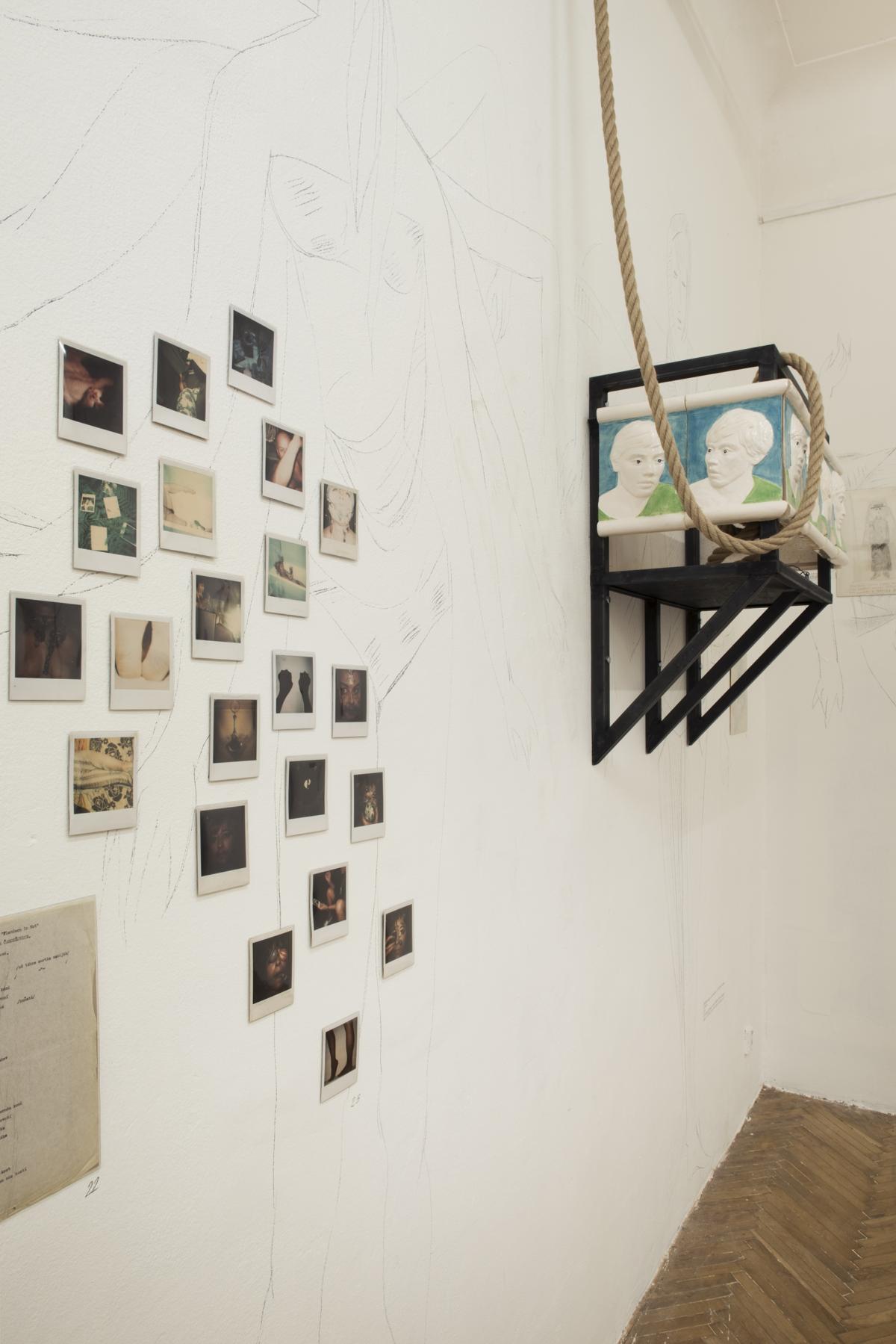


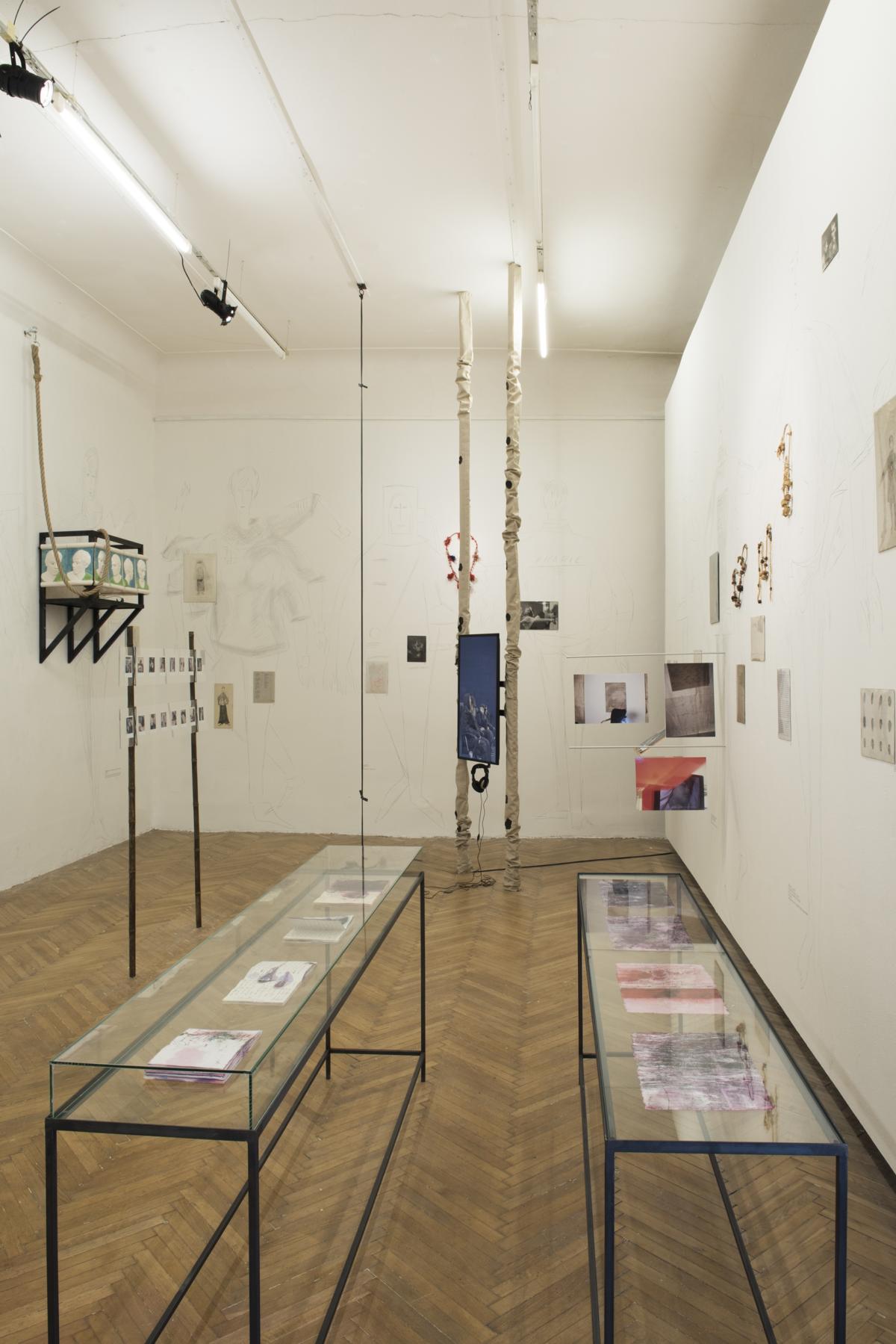

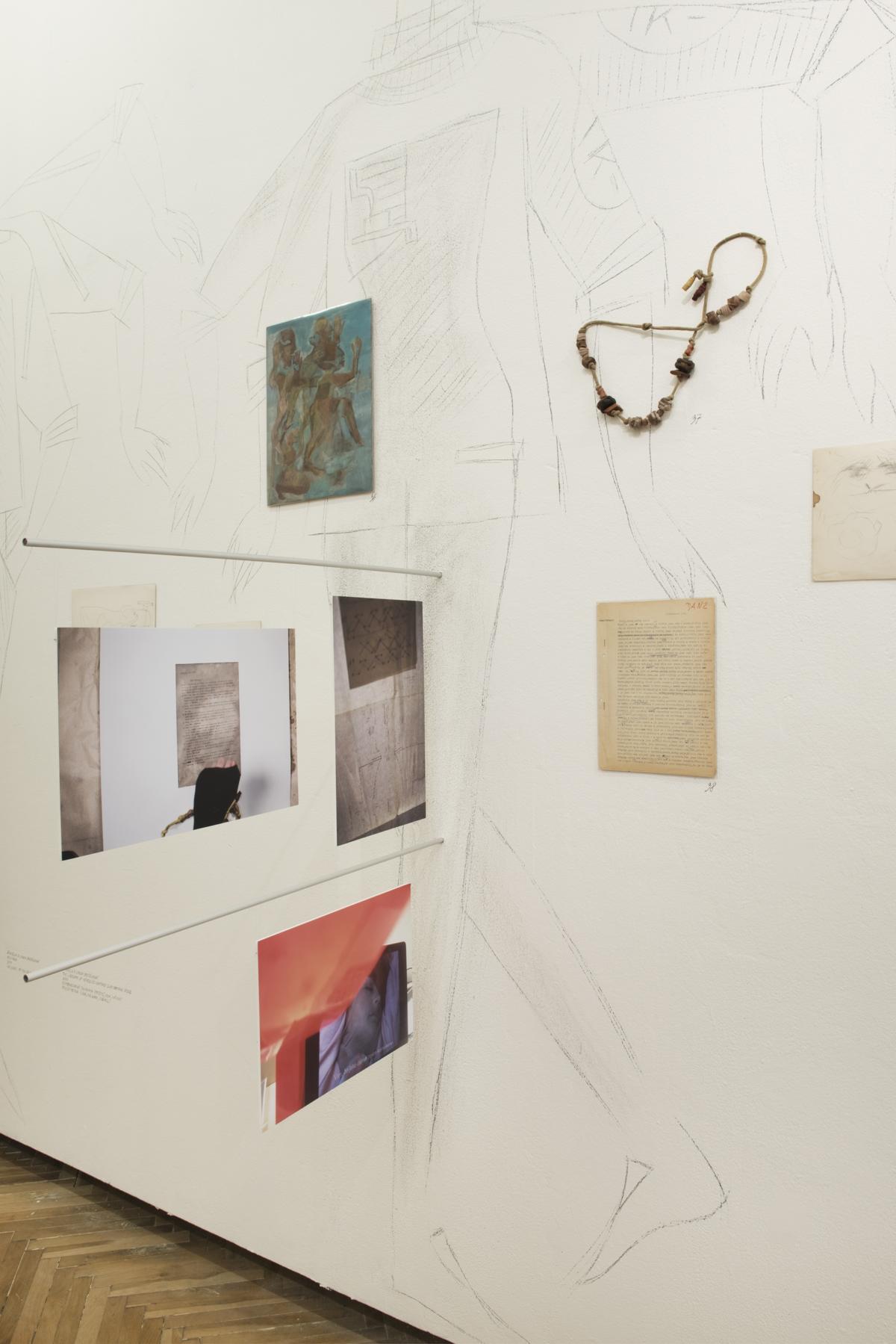
The project’s first public output is the exhibition Ester Krumbachová: Sněžný muž – Nosit amulet – Zamotávat archiv (Ester Krumbachová: Yeti – Wear the Amulet – Tangle Up the Archive), currently taking place in the Prague gallery Tranzitdisplay, and a professional conference that took place at the exhibition’s opening in December of last year. The whole project proceeds from Ester Krumbachová’s recently acquired and previously unknown private estate, and its form is grounded in Francis McKee’s ideas on open archives. At the same time, the authors’ ambition includes not “only” the creation of an extensive exhibition and a publication, but also, above all, the release of a large digital archive where Krumbachová’s estate will be available as material for study and inspiration for both other researchers and contemporary artists. The current exhibition can thus be seen not only as a teaser of sorts for the project as a whole, but also as an instantiation of considerations about the possible outcomes of linking two distinct methods of working with archives: scientific and artistic.
Ester Krumbachová is undoubtedly one of the least properly appreciated Czechoslovak film creators, even though she had an influence on the form of a great number of films.
Indeed, this duality of approaches is very visible, even at first glance at the exhibition. It could even be said that the exhibition is composed of two more or less autonomous sections that are intertwined with one another in Tranzitdisplay’s relatively small exhibition space. In an installation designed by Zbyněk Baladrán, curators Zuzana Blochová and Edith Jeřábková place archival material exclusively on the walls, while the works of collaborating artists expand into the space. Only a fraction of the enormous amount of material available in the archive is in the exhibition, but this selection represents the breadth of the entire archive well – on display for viewing (and reading) in the gallery are costume designs for films or stage plays, photographs from film shoots, and fragments of film and stage proposals, as well as occasional loose drawings and texts, a collection of effortlessly titillating Polaroids, and fragments of private correspondence showing the author’s intimate contact with other individuals active in the cultural scene of the era. Another distinctive component of the archive is a number of amulets made by Krumbachová that reveal inspiration from magic and the occult.
Although these materials open up new views on Ester Krumbachová to the visitor, these views are in no way complex. On the contrary, the curators intentionally provide mere probes into the inexhaustible mass of archive material – whose accessibility to the viewer they further complicate physically, for example by placing them at a height. Given the fact that (as previously stated) this is only the introductory part of a more extensive planned project, this approach can be viewed as logical and functional. All the same, it is a pity that average visitors, in seeing the exhibition of material made accessible, learn very little about the background of the project as a whole and its future goals, so they can easily miss an essential part of the curatorial aim. In this case, the very idea of linking the archive with interventions by Czech and foreign contemporary artists, both established creators (for example, Jesse Jones working with the theme of Polaroids, Johannes Paul Raether working off the aesthetic of religious eclecticism, and the duo New Noveta with a performance whose remnants, in a gallery space, have more of the effect of things left over from a secret ritual) and students from the Academy of Arts, Architecture and Design in Prague, can easily remain somewhat unclear. These interventions stubbornly can relate to specific materials from Ester Krumbachová’s archive, but also can be seen as a challenge from the curators and creators of the project to other artists to whom the digitalized archive will be accessible in the future. Even beyond the context of the so-called archival impulse, this possibility serves as a promise for an interesting platform that could potentially connect a range of different artists through the open archive of an artist who was, in many ways, quite possibly ahead of her time.
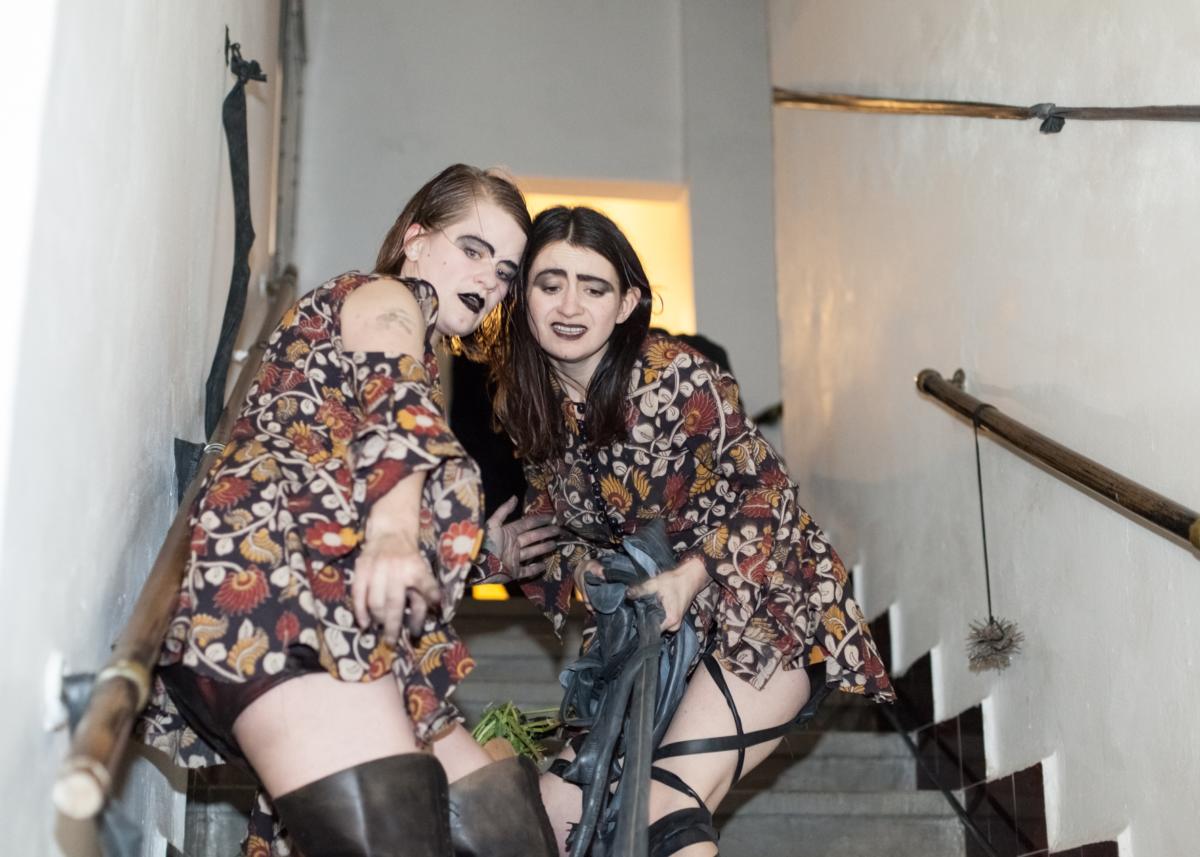
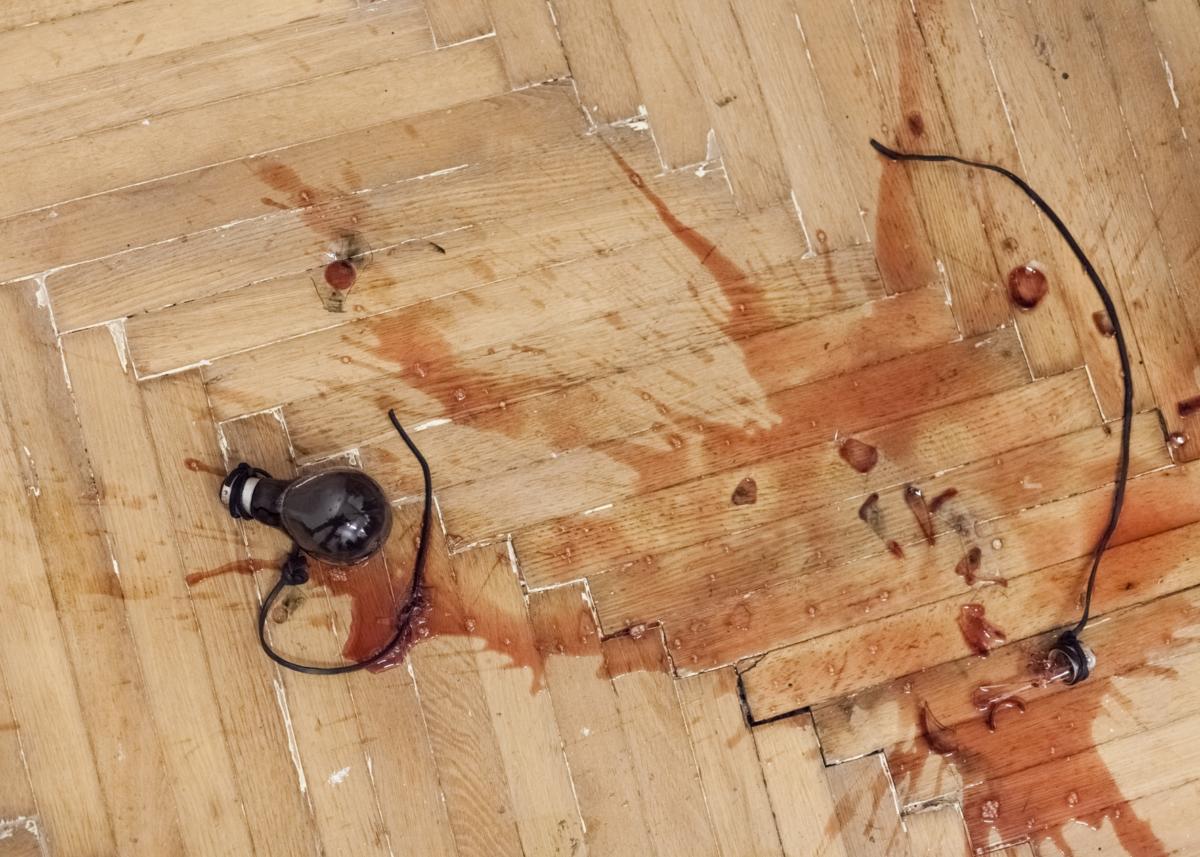
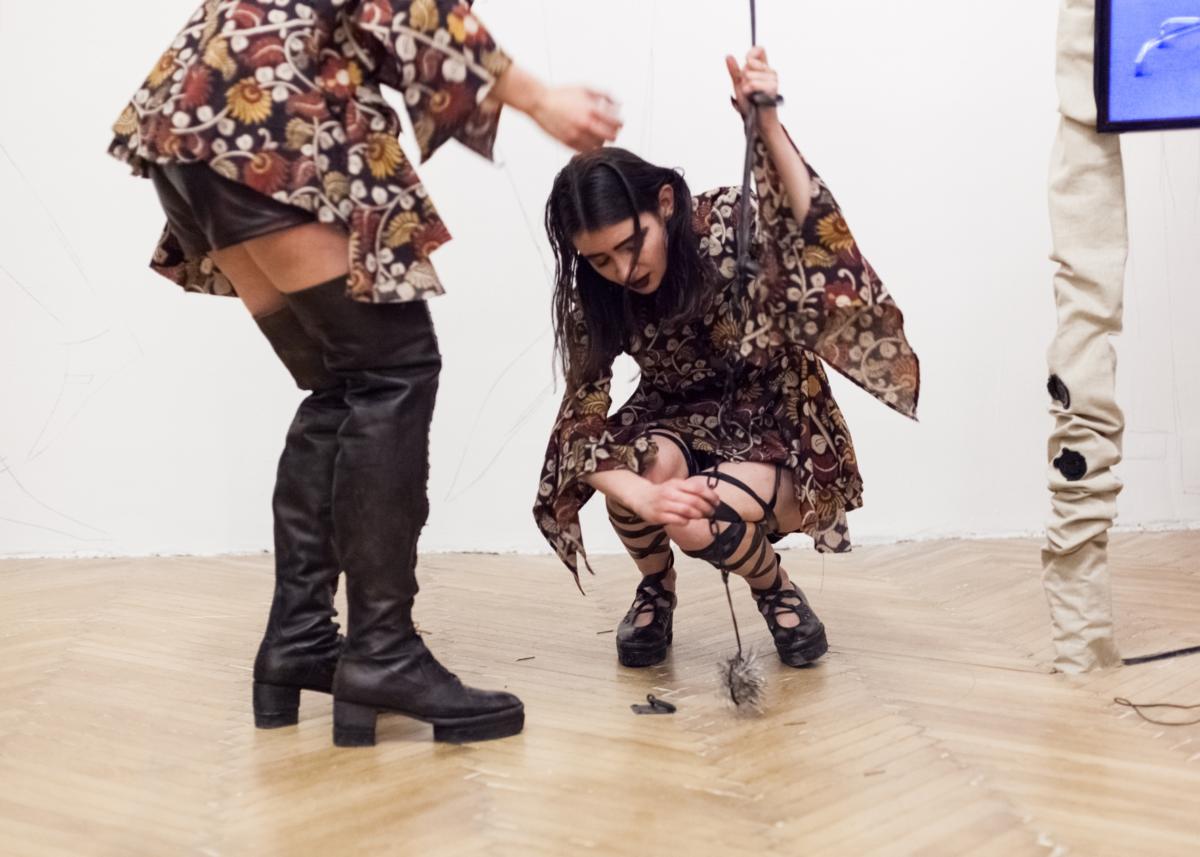
CZ
Za nezpochybnitelnou chloubu dějin české a slovenské kinematografie platí i dnes tzv. československá nová vlna. Pod tímto pojmem, který nelze vymezit zcela jasnými hranicemi, se obvykle rozumí nebývalé umělecké vzepjetí československého filmu v průběhu 60. let. Jeho éra začíná přibližně rokem 1963 a končí zároveň se začátkem tzv. normalizace, jak je označováno opětovné utužení poměrů v totalitním státě po násilném potlačení obrodných procesů Pražského jara vpádem vojsk Varšavské smlouvy do Československa v srpnu roku 1968. Vzhledem k tomu, o jak krátké období se v případě československé nové vlny jedná, je tento fenomén omezen v podstatě na jednu generaci tehdy začínajících filmařů, není ovšem spojen s žádným jejich společným prohlášením či manifestem. Stylovou nejednoznačnost československé nové vlny lze doložit i jejím tradičním dělením do dvou odlišných hlavních proudů, z nichž jeden se vyznačuje kvazidokumentárním pozorováním drobných absurdit všedního lidského života, druhý pak inklinací k formálně experimentálnějším přístupům směřujícím k autorské imaginaci a odkazům k surrealismu. Tradičně jsou pak tyto dva hlavní proudy personifikovány osobnostmi režisérů – k prvnímu proudu jsou řazeni především Miloš Forman, Jaroslav Papoušek či Ivan Passer, ke druhému pak Pavel Juráček, Jan Němec a Věra Chytilová. Právě na případu Věry Chytilové je však možné ilustrovat nespolehlivost jakékoli jednoznačné souhrnné klasifikace československé nové vlny, neboť některé filmy v režii Chytilové by bylo možné řadit spíše k formanovské linii. Ještě podstatnější však je, že tato zažitá schémata jsou silně ovlivněna poněkud anachronickým chápáním režiséra coby výsostného auteura, díky čemuž je do značné míry opomíjen kolektivní charakter filmové tvorby. Tato logika, zakořeněná ve filmové teorii 60. let, přetrvala v uvažování o československé nové vlně tak silně dost možná i proto, že její zhodnocení bylo v průběhu 70. a 80. let znemožněno, a tak obnovený zájem po roce 1990 směřoval v první řadě k osobnostem režisérů. Až v poslední době se pozornost badatelů začíná obracet i k dosud přehlíženým tématům či osobnostem. Postupné zveřejňování výsledků jejich práce pak pomáhá do značné míry přehodnocovat tradiční nazírání československé nové vlny a klade ji do širšího kulturního kontextu.
Vzhledem k tomu, o jak krátké období se v případě československé nové vlny jedná, je tento fenomén omezen v podstatě na jednu generaci tehdy začínajících filmařů, není ovšem spojen s žádným jejich společným prohlášením či manifestem.
V poslední době se dva rozsáhlé projekty zaměřily prostřednictvím práce s dosud neznámými soukromými archivy na dvě významné, nicméně méně viditelné osobnosti silně související s fenoménem československé nové vlny. V roce 2017 se filmová historička a teoretička Kateřina Svatoňová zaměřila na tvorbu kameramana Jaroslava Kučery, manžela režisérky Věry Chytilové, kterého na výstavě Mezi-obrazy: Archiv kameramana Jaroslava Kučery (In Between Images: The Archive of the Cinematographer Jaroslav Kučera) proběhlé v Brně a ve stejnojmenné obsáhlé knize představila prostřednictvím jeho osobní pozůstalosti jako tvůrce do značné míry určujícího podobu řady (nejen novovlnných) filmů. S nově objevenou osobní pozůstalostí pak pracuje i právě probíhající mnohovrstevnatý projekt mapující osobnost výtvarnice, návrhářky a režisérky Ester Krumbachové.

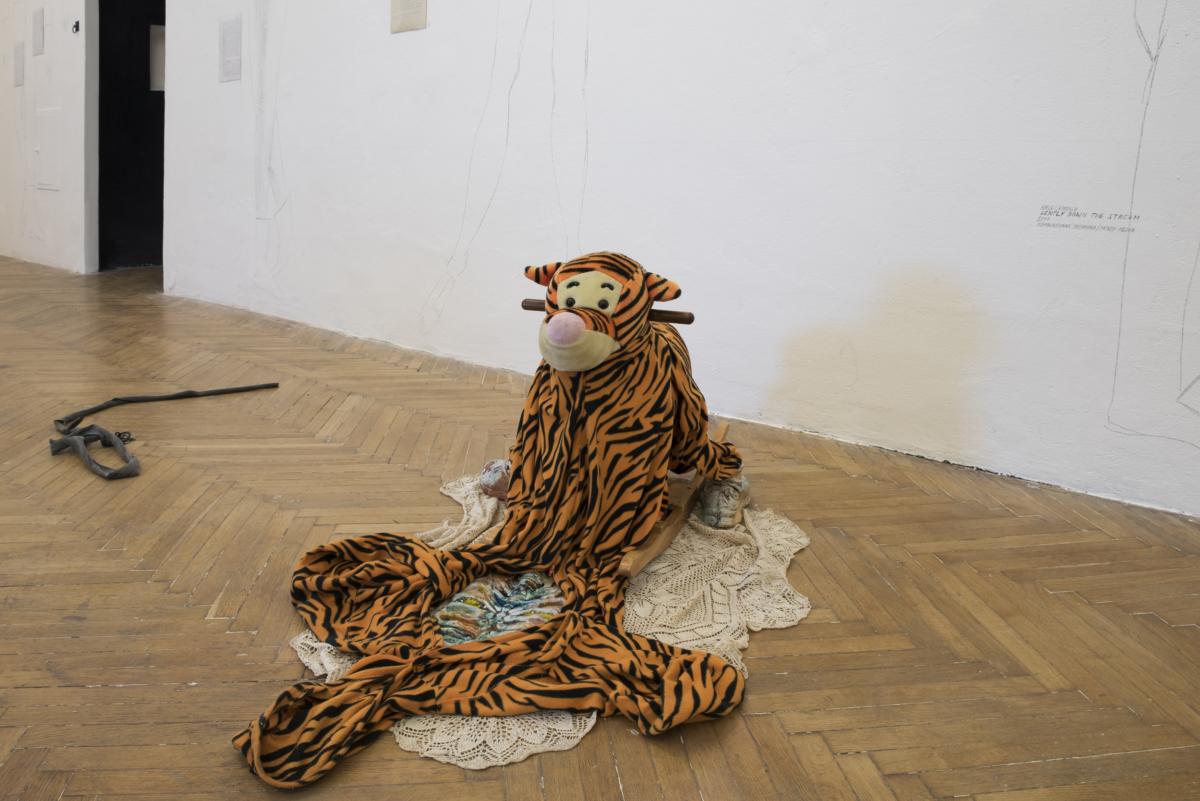

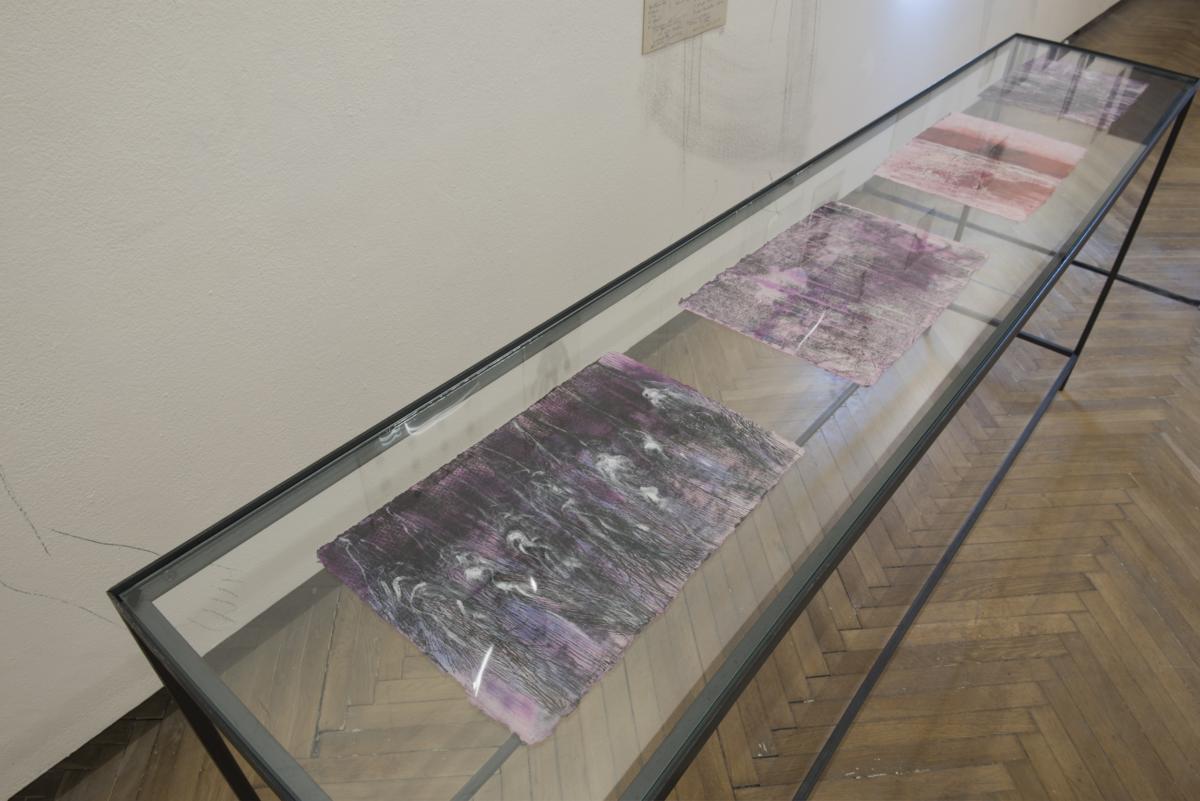
Ester Krumbachovou (1923 – 1996) lze bezpochyby zařadit mezi nejméně doceněné československé filmové tvůrce, a to přesto, že ovlivnila podobu obrovského množství filmů. Její záběr byl značně široký, byla spoluautorkou scénářů, výtvarnicí i kostýmní designérkou, sama však režírovala pouze jediný film: Vražda ing. Čerta (Killing the Devil) z roku 1970 se stala posledním dozvukem československé nové vlny a uznání se dočkala teprve nedávno. Proto byla ve své době Krumbachová označována spíše za jakousi femme fatale československé nové vlny, její manžel režisér Jan Němec ji popisoval jako múzu a šedou eminenci. O plné docenění Ester Krumbachové coby samostatné tvůrčí osobnosti se až nyní snaží výzkumný a umělecký projekt, mezi jehož iniciátorky patří spolu s Edith Jeřábkovou a Zuzanou Blochovou také autorka zmiňované monografie Jaroslava Kučery Kateřina Svatoňová. Prvním veřejným výstupem projektu je výstava Ester Krumbachová: Sněžný muž – Nosit amulet – Zamotávat archiv (Ester Krumbachová: Yeti – Wear the Amulet – Tangle Up the Archive), právě probíhající v pražské galerii Tranzitdisplay, a odborná konference, jež proběhla u příležitosti jejího zahájení v prosinci loňského roku. Celý projekt vychází z nedávno získané a dosud neznámé soukromé pozůstalosti Ester Krumbachové a ideově se opírá o myšlenky otevřeného archivu Francise McKeeho. Ambicí autorek přitom tentokrát není „jen“ realizace obsáhlejší výstavy a vydání publikace, ale především také zpřístupnění rozsáhlého digitálního archivu, kde bude Krumbachové pozůstalost k dispozici coby studijní a inspirační materiál pro další badatele i současné umělce. Aktuální výstavu lze tedy považovat nejen za určitou ochutnávku celého projektu, ale zároveň za zhmotnění úvah o tom, kam může vést spojení dvou odlišných způsobů práce s archivem – vědeckého a uměleckého.
Ester Krumbachovou lze bezpochyby zařadit mezi nejméně doceněné československé filmové tvůrce, a to přesto, že ovlivnila podobu obrovského množství filmů.
Tato dvojsečnost přístupů je přitom na výstavě velmi dobře patrná už na první pohled. Dalo by se dokonce říci, že výstava je složena ze dvou více či méně autonomních linií, jež se v nevelkém výstavním prostoru Tranzitdisplay vzájemně proplétají. Kurátorky Zuzana Blochová a Edith Jeřábková umisťují v instalaci navržené Zbyňkem Baladránem archivní materiály výhradně na stěny, zatímco autorská díla spolupracujících výtvarníků expandují do prostoru. Z obrovského množství dostupných archiválií byl vybrán jen zlomek, který ale dobře reprezentuje šíři celého archivu – k vidění (a ke čtení) jsou v galerii kostýmní návrhy k filmům či divadelním hrám, fotografie z natáčení a fragmenty námětů stejně jako náhodné volné kresby a texty, soubor hravě dráždivých polaroidů či útržky soukromé korespondence dokládající důvěrné kontakty autorky s dalšími osobnostmi tehdejšího kulturního života. Svébytnou součástí archivu je rovněž řada autorských amuletů, které prozrazují inspiraci magií a okultismem.
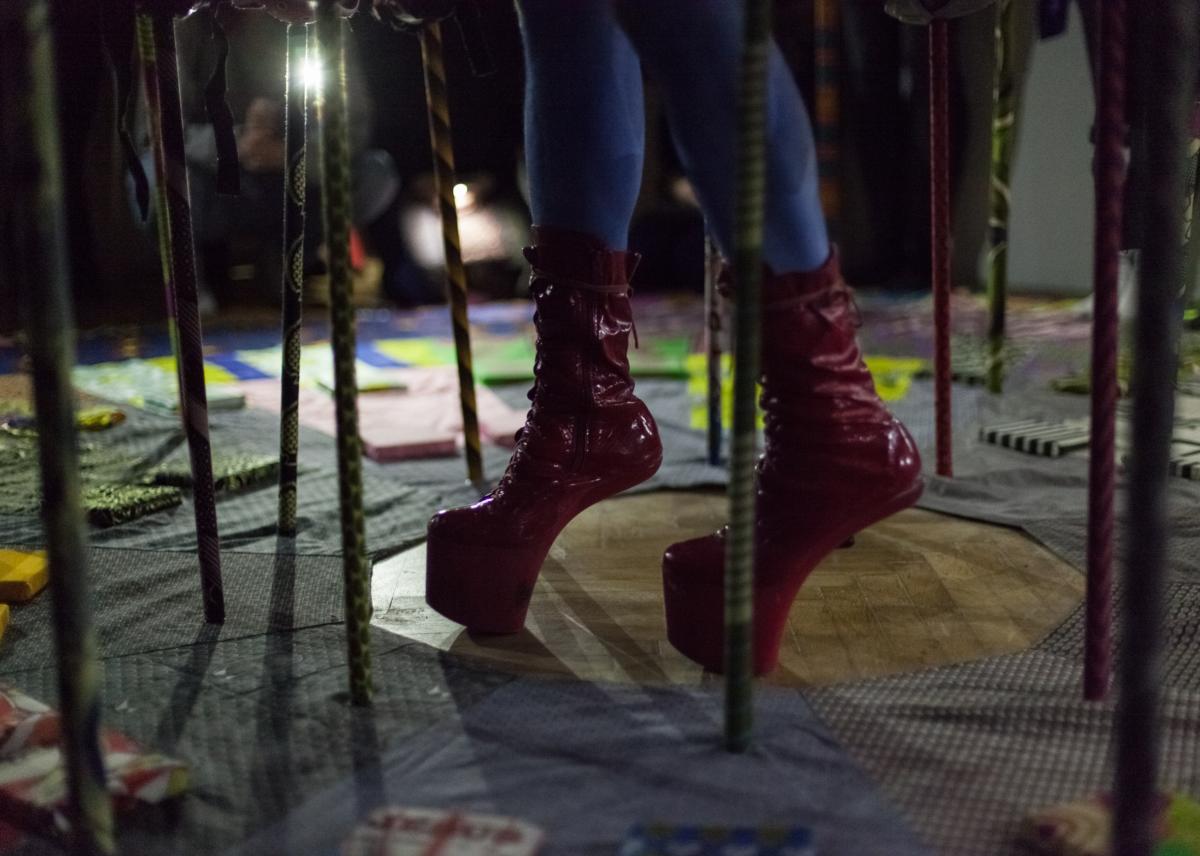


Ačkoli se díky těmto materiálům návštěvníkovi otevírají nové pohledy na osobnost Ester Krumbachové, nejsou tyto pohledy nijak komplexní. Kurátorky naopak záměrně nabízejí jen jakési sondy do nepřeberné masy archivního materiálu, jejichž přístupnost navíc divákovi fyzicky komplikují například výškou umístění. Vzhledem k tomu, že se jedná (jak už bylo řečeno) o úvodní část plánovaného rozsáhlejšího projektu, je tento přístup možné vnímat jako logický a funkční. Je ovšem škoda, že běžný návštěvník se na výstavě z dostupných materiálů o pozadí celého projektu a jeho budoucích záměrech nedozví téměř nic, a tak mu podstatná část kurátorského záměru může snadno uniknout. Poněkud nejasné tak může snadno zůstat i samotné propojení archivu s intervencemi současných českých i zahraničních umělců z řad etablovaných tvůrců (mezi nimi například Jesse Jones pracující s motivem polaroidů, Johannes Paul Raether navazující na estetiku religiózního eklekticismu či duo New Noveta s performancí, jejíž relikty působí v galerijním prostoru spíše jako pozůstatky tajného rituálu) a studentů Vysoké školy uměleckoprůmyslové v Praze (Academy of Arts, Architecture and Design in Prague). Tyto intervence, jakkoli se možná až příliš urputně vztahují ke konkrétním materiálům z pozůstalosti Ester Krumbachové, lze totiž vnímat jako výzvu kurátorek a autorek projektu i pro další umělce, kterým má být v budoucnu digitalizovaný archiv k dispozici. Nejen v kontextu tzv. archivního impulsu je tato možnost příslibem zajímavé platformy, která může výhledově propojit množství rozdílných tvůrců skrze otevřený archiv umělkyně, jež dost možná předběhla v mnohém svou vlastní dobu.
Imprint
| Artist | Mikuláš Brukner, Barbora Dayef, Daniela & Linda Dostálková, Bracha L. Ettinger, Linda Hauerová, Jesse Jones, Tereza Kanyzová, Anja Kirschner, Jan Kolský, Kateřina Konvalinová, Ester Krumbachová, Kris Lemsalu, Marie Lukáčová, New Noveta, Matěj Pavlík, Johannes Paul Raether, Michaela Režová, Lucie Rosenfeldová, Sláva Sobotovičová |
| Exhibition | Ester Krumbachová. Yeti – Wear the Amulet – Tangle Up the Archive |
| Place / venue | tranzitdisplay, Prague |
| Dates | 14 December 2017 – 21 February 2018 |
| Curated by | Zuzana Blochová and Edith Jeřábková in collaboration with Anja Kirschner and Pavel Turnovský |
| Website | www.tranzitdisplay.cz/en |
| Index | Anja Kirschner Barbora Dayef Bracha L. Ettinger Daniela & Linda Dostálková Edith Jeřábková Ester Krumbachová Jan Kolský Jaroslav Kučera Jesse Jones Johannes Paul Raether Kateřina Konvalinová Kateřina Svatoňová Kris Lemsalu Linda Hauerová Lucie Rosenfeldová Marie Lukáčová Matěj Pavlík Michaela Režová Mikuláš Brukner New Noveta Sláva Sobotovičová Tereza Kanyzová Tranzitdisplay Věra Chytilová Zbyněk Baladrán Zuzana Blochová |
